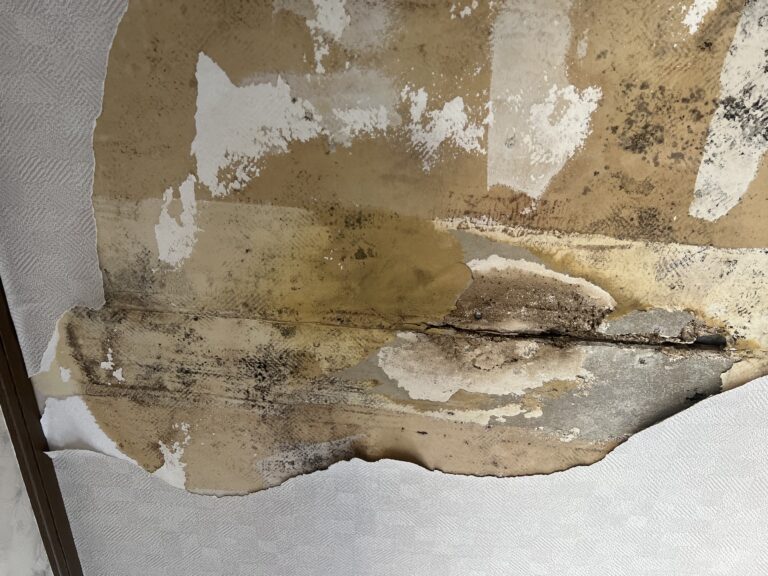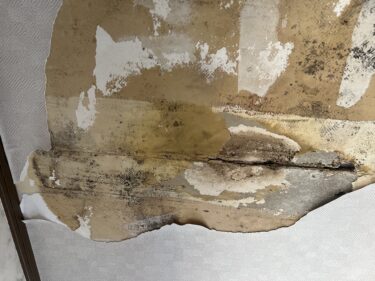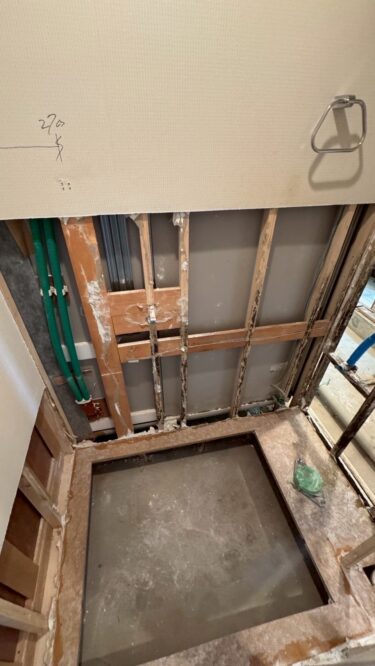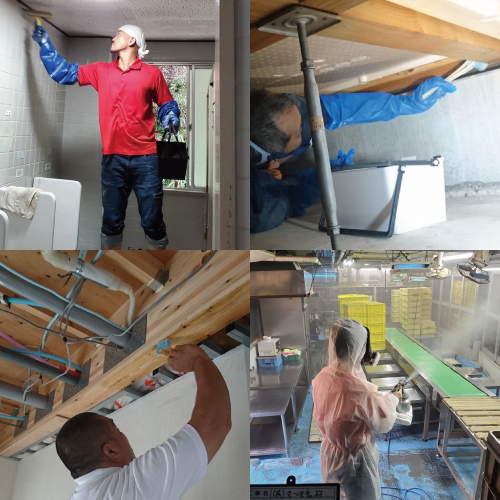Problem Statement
Do you struggle with heavy condensation on windows and walls during winter? The temperature difference between indoors and outdoors, combined with poor insulation, traps moisture and often leads to mold damage. Left unchecked, this can cause health risks and structural deterioration.
What You’ll Learn
In this article, you’ll discover the link between condensation and mold, how temperature differences and poor insulation cause these problems, how to use double sash windows and insulation effectively, and daily humidity control methods for prevention.
Benefits of Reading This Article
By reading this, you’ll understand exactly why condensation occurs and learn practical methods to prevent mold damage. You’ll gain actionable knowledge to create a comfortable living environment and protect your health year-round.
1. Causes of Mold Damage and the Role of Condensation
Condensation occurs when indoor air moisture cools rapidly upon contact with a cold surface due to temperature differences. This water can seep into building materials, creating an ideal environment for mold growth. In winter, areas near windows and exterior walls are particularly vulnerable.
1-1. How Condensation Leads to Mold Growth
Warm air holds more moisture, but when it cools, excess water condenses on surfaces. This trapped moisture soaks into materials like wood, wallpaper, and curtains, remaining damp for long periods. Mold spores thrive in such environments, sometimes spreading visibly within just 48 hours, and can trigger allergies and asthma.
1-2. Why Temperature Differences and Poor Insulation Cause Condensation
Poor insulation allows exterior cold to lower the temperature of walls and windows. When warm indoor air hits these cold surfaces, it cools to below the dew point, forming condensation. Single-pane glass and aluminum frames conduct heat easily, making them high-risk for condensation compared to double sash or insulated glass.
2. Double Sash Windows and Insulation as Condensation Solutions
Double sash windows add an extra interior pane, creating an insulating air layer. This barrier reduces the transfer of outside cold, keeping inner window surfaces warmer. Combined with proper insulation, this method greatly reduces condensation.
2-1. How Double Sash Windows Prevent Condensation (Air Layer & Resin Frames)
The air gap between the two panes slows heat transfer, preventing rapid cooling of the inner glass. Resin window frames have 1/1000 the thermal conductivity of aluminum, keeping indoor surfaces warmer and less prone to condensation.
2-2. Choosing the Right Glass Type and Gap Distance
Options include double glazing with inert gas, Low-E glass that reflects infrared heat, and vacuum glass that blocks nearly all heat transfer. The greater the distance between inner and outer panes, the better the insulation, but installation balance is important.
3. Common Installation Problems and How to Fix Them
Some households still experience condensation after installing double sash windows due to construction flaws or improper setup.
3-1. Reasons Double Sash Windows May Still Condensate
If the gap between panes is too small, the insulating air layer is ineffective. Poor sealing allows cold air leaks, cooling the air layer and enabling condensation. Misalignment or loose fittings can also be culprits.
3-2. DIY vs. Professional Installation
DIY may save costs but risks improper measurements and sealing, reducing effectiveness. Professionals ensure optimal material choice and precise installation, resulting in long-term benefits.
4. Preventing Mold Growth from Condensation
Even if condensation forms, quick action can stop mold growth.
4-1. Ventilation and Humidity Control Tips
Keep indoor humidity between 40–60%. Use exhaust fans during cooking and bathing, and open windows 2–3 times daily to release moisture. Maintain airflow by placing furniture several inches away from walls.
4-2. Mold Removal and Recurrence Prevention
Dry the area first, then clean with bleach or alcohol. Apply anti-mold treatments afterward to prevent regrowth. Regular inspection is essential, especially for wood and fabrics.
5. Benefits of Insulation Remodeling
Upgrading insulation prevents condensation and mold while improving energy efficiency.
5-1. How Insulation Remodeling Prevents Condensation and Saves Energy
Adding insulation or replacing windows stabilizes indoor temperatures, reducing condensation and heating costs.
5-2. Options for Apartments – Vacuum Glass and Subsidies
Vacuum glass or interior storm windows can be installed in apartments. Government subsidies can help lower installation costs.
6. Understanding the Role of Insulation in Condensation Prevention
Insulation maintains surface temperatures, reducing the likelihood of condensation.
6-1. Types of Insulation Materials
-
Glass wool: Affordable and sound-absorbing, but loses performance if it absorbs moisture.
-
Foam boards: Lightweight, moisture-resistant, good for exterior and underfloor insulation.
-
Cellulose fiber: Eco-friendly, moisture-regulating, but requires proper vapor barriers.
6-2. Key Installation Points
Use vapor barriers on the interior side to block indoor moisture from entering insulation. Ensure airtightness to prevent cold air infiltration.
7. Maximizing the Effectiveness of Double Sash Windows
Performance depends on the right combination of materials and ventilation systems.
7-1. Frame Material and Design
Resin or wood frames outperform aluminum in insulation. Gasket placement and quantity also affect airtightness.
7-2. Combining Double Sash Windows with Ventilation
Increased airtightness can trap humidity. Use mechanical ventilation to maintain balance.
8. Condensation Solutions for Extreme Temperature Regions
Colder regions require higher insulation standards.
8-1. Cold Climate Home Design
Walls, floors, and ceilings have thicker insulation. Triple glazing and insulated doors are standard.
8-2. Balancing Heating and Condensation Prevention
Avoid overheating, as excessive temperature differences can cause condensation. Use humidifiers carefully.
9. Everyday Habits to Prevent Condensation
Simple lifestyle adjustments can significantly reduce condensation.
9-1. Furniture Placement
Leave a 5–10 cm gap between furniture and exterior walls to maintain airflow.
9-2. Reducing Indoor Moisture from Daily Activities
Ventilate during cooking, bathing, and laundry drying. Use dehumidifiers when needed.
10. A Comprehensive Approach to Mold and Condensation Prevention
Combining multiple measures yields the best results.
10-1. Equipment Upgrades and Lifestyle Changes
Double sash windows and insulation remodeling work best when paired with proper ventilation habits.
10-2. Regular Inspections by Professionals
Aging and environmental changes can bring back problems, so scheduled maintenance is essential.
Mold Removal & Remodeling with Kabibusters Osaka / Mold Removal Remodeling Tokyo & Nagoya
Kabibusters Osaka and Mold Removal Remodeling Tokyo & Nagoya use the proprietary MIST Method® to remove mold without damaging materials. The process adjusts specialized agents to suit the surface, breaking down and killing mold without scrubbing or sanding. Safe for people and the environment, it’s ideal for delicate materials like wood or historical buildings. Post-treatment includes anti-mold applications for immediate, long-lasting, and safe protection, even against airborne mold.
Taiko Kensou Co., Ltd. – One-Stop Mold Removal and Remodeling
Taiko Kensou Co., Ltd. is one of the few companies that offers both mold removal and remodeling in a single service. While most homeowners must hire separate contractors, our in-house mold removal team and remodeling specialists work together seamlessly, handling everything from inspection to final finishes.
This one-stop system allows us to remove mold-damaged walls or floors and immediately replace them with new materials or redesigned spaces, reducing both time and cost while improving mold resistance and insulation.
Taiko Kensou’s Remodeling Services
Our remodeling expertise covers houses, apartments, commercial facilities, and public buildings, including:
-
Insulation & Soundproofing Remodeling: Wall, floor, and ceiling insulation; double sash installation; soundproof doors and partitions.
-
Water Area Renovations: Kitchens, bathrooms, toilets, and washrooms, using water-resistant and mold-proof materials.
-
Interior & Exterior Remodeling: Flooring and wallpaper replacement, exterior painting, and roof repairs, with anti-mold and high-durability coatings.
-
Barrier-Free Renovations: Accessibility upgrades like ramps, handrails, and step elimination for safety.
We don’t just remodel—we create healthier, more comfortable spaces by combining mold prevention, insulation, and design improvements in every project.





